(Prices correct as of today’s date, are updated daily, are subject to change and represent genuine availability at time of update).
This cruise only holiday is financially protected by ABTA
Please click here to check the essential travel requirements before booking this cruise.
Want to add a hotel stay or change your flights?
Just call our team of cruise specialists to help build your dream cruise holiday today!
Spread the cost of your holiday! Interest Free Monthly payments are based on a deposit of £150pp, and 14 monthly installments in accordance with our balance due date.
Prices based on 2 people sharing. Cruise only price does not include flights. Fly-cruise price may vary by chosen UK airport.
Itinerary
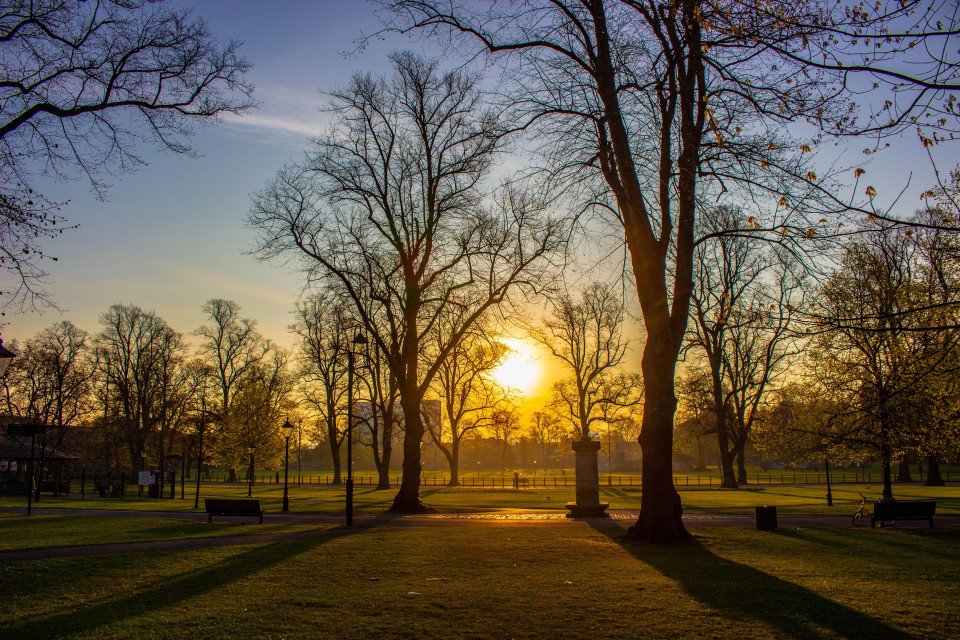
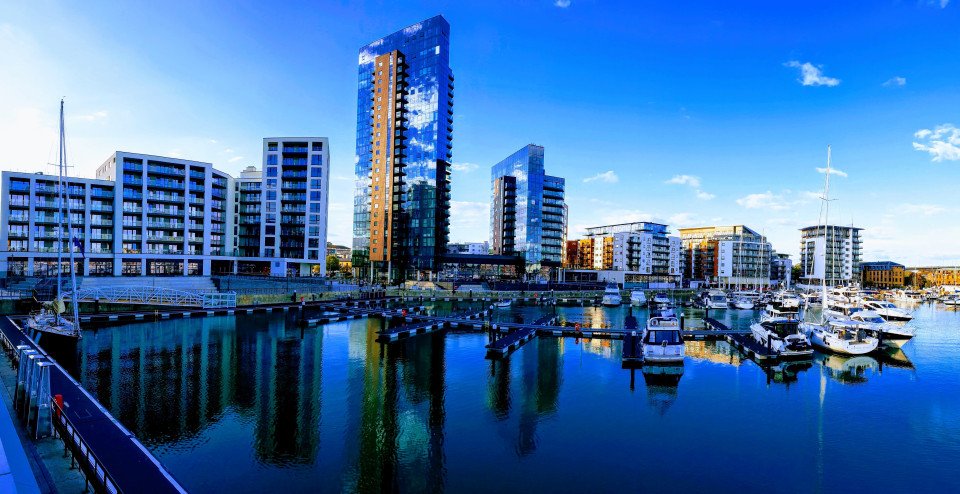
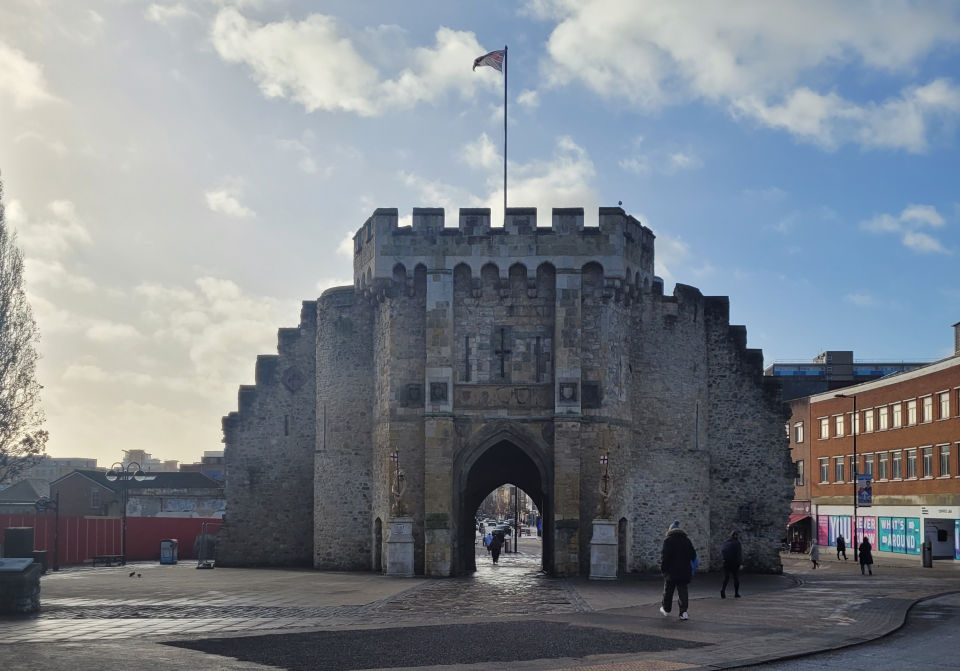
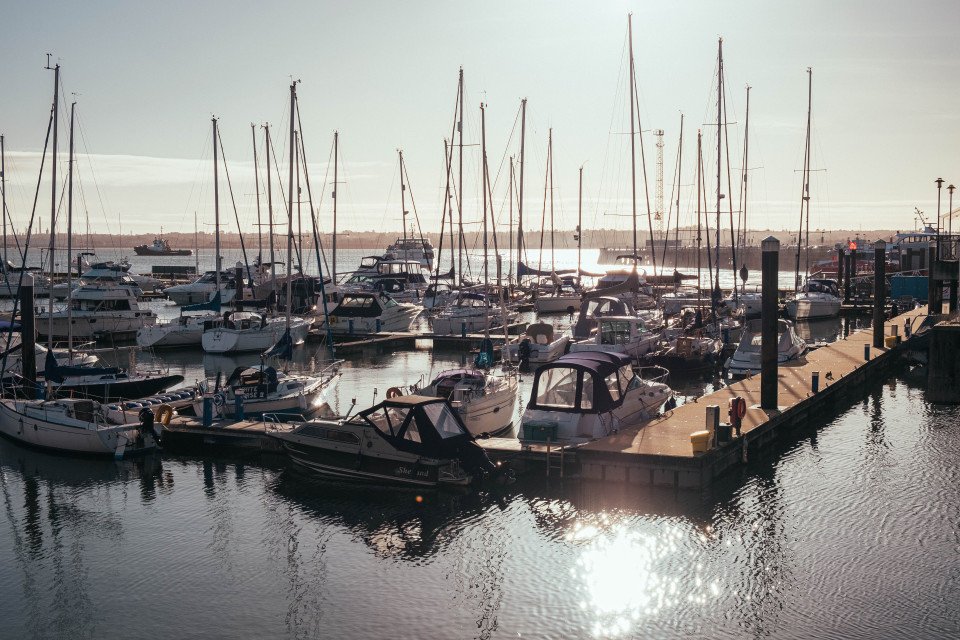
Southampton
Lying near the head of Southampton Water, a peninsula between the estuaries of the Rivers Test and Itchen, Southampton is Britain’s largest cruise port. It has been one of England’s major ports since the Middle Ages, when it exported wool and hides from the hinterland and imported wine fro... Read More
Southampton
At Sea
La Rochelle
Bilbao
La Coruña
At Sea
Le Havre
Southampton
What's Included with
Royal Caribbean International
One of the main benefits of a cruise holiday is not having to worry about all the finer details - everything is taken care of in advance, so your only job is to relax and enjoy the experience!
Accommodation, food, soft drinks and refreshments are all included and enjoy speciality restaurants at a supplementary cost. You can also sit back and relax by enjoying on-board entertainment, activities and facilities. Fancy a late night dip in the pool, a spin on the roulette wheel or an evening out at the ship’s theatre? You’ll be spoilt for choice!
There are plenty of family-friendly options on board many Royal Caribbean cruise ships, too. A host of enjoyable youth programmes ensure your whole family will have a fantastic time while sailing to your exciting destination.
Accommodation
Breakfast, lunch, dinner and snacks in a choice of included dining venues
Entertainment throughout the day and evening
Use of swimming pools, hot tubs, fitness centre and leisure facilities where available
Return flights included from a choice of UK airports (fly cruise bookings only)
Port taxes
Selected hot drinks, iced tea, lemonade, juices, and water in selected venues
Porterage of luggage from port to cabin
Youth programmes for babies to 17-year-olds
Sailaway parties, themed nights and deck parties
Shuttle service to and from ports and airport where available
Everything you need right at your fingertips! Includes accommodation, meals, entertainment and onboard activities. Plus, drinks such as water, squash, tea and coffee are also free of charge.
Explore Liberty of the Seas
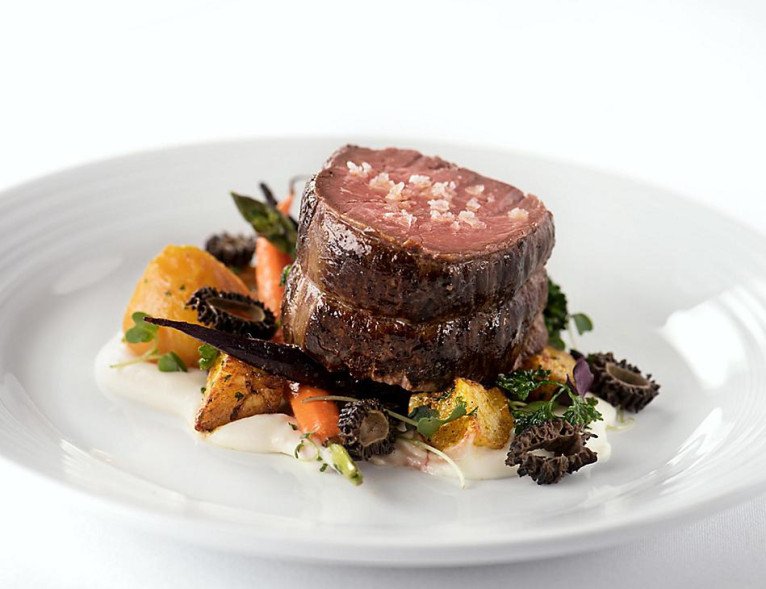








Chop's Grille
CLASSIC AMERICAN STEAKHOUSE
For over a decade, the chefs at Chops Grille have proudly presented quality, hand-cut steaks at this hallmark Royal Caribbean restaurant. Now, they give you a fresh twist on a favourite, with a revamped menu that brings contemporary flair to traditional steakhouse offerings. Most intriguing: our exceptional prime meat. This prime beef is joined by Maine lobster, grilled branzino and other succulent dishes paired with addictive side dishes and irresistible desserts.
ATTIRE
Smart Casual
INSIDER TIP
Open for lunch on sea days only.
MENU HIGHLIGHTS
The best way to begin a meal at Chops Grille is with the charred beef carpaccio, sliced thin and served rare with fresh arugula, Parmesan cheese, and truffle mustard dressing. If you’re a seafood lover, upgrade your menu with one of the restaurant’s chilled seafood towers — each comes with jumbo shrimp, green-lipped mussels, clams, Jonah crab claws, and Maine lobster. As far as entrees go, the tender filet is one of the most popular items on the menu. If nine ounces is a bit too much for you, opt for the smaller 6-ounce petite filet — it packs in just as much flavor as the standard cut. If you’re a traditionalist, complement your meal with an order of steaming Yukon Gold mashed potatoes and creamed spinach, or change things up with Chops’ signature gruyere cheese tater tots and truffled French fries. And don’t forget to save room for a refreshing slice of tart key lime meringue pie or classic New York cheesecake, served with raspberries and lemon confit.
PRO TIP
The chefs at Chops Grille will hand cut, season, and grill each steak to your specifications. When in doubt, don’t be afraid to ask for the chef’s recommendation.
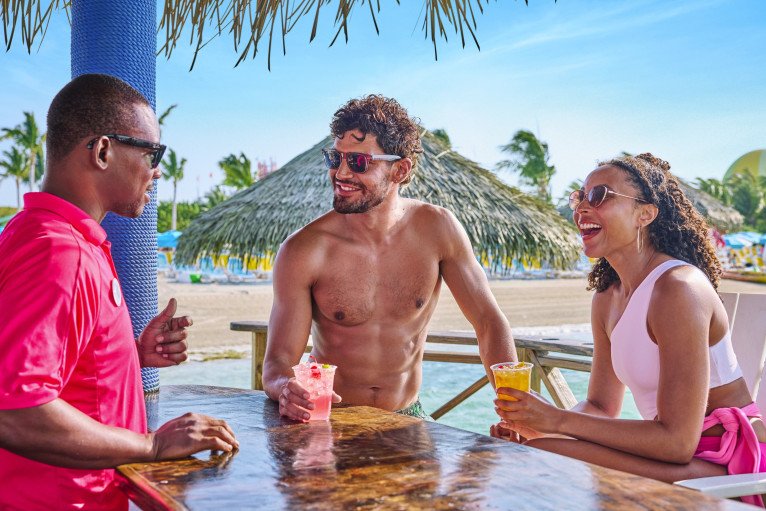


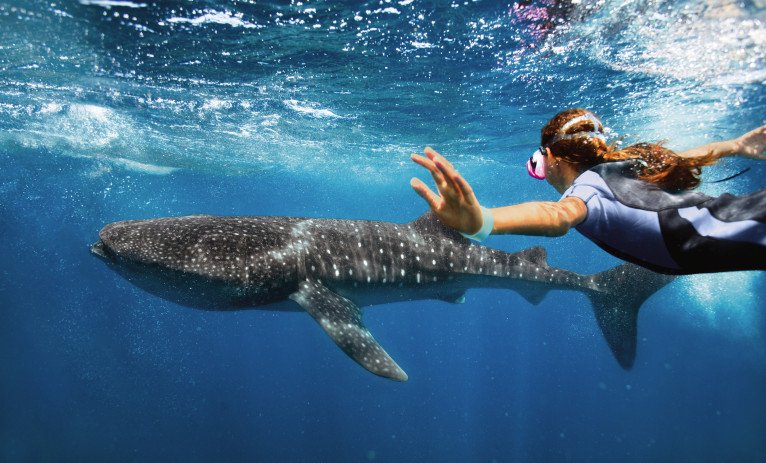

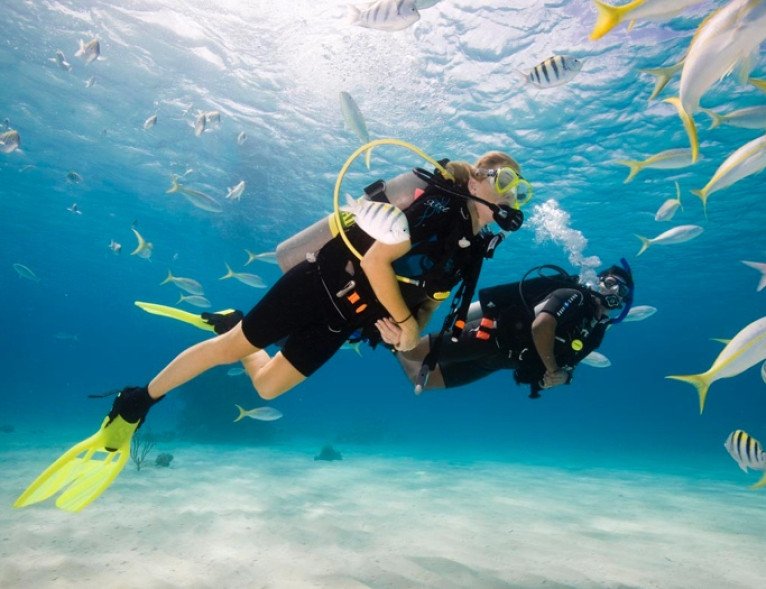
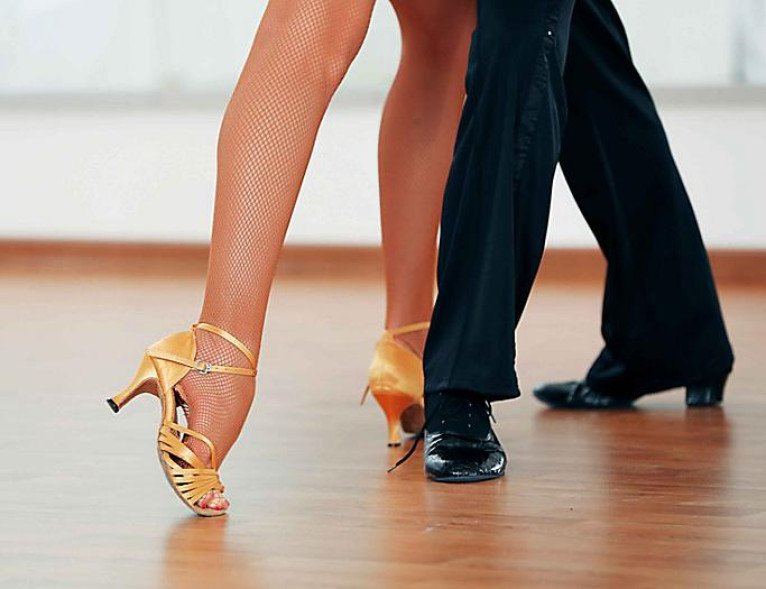
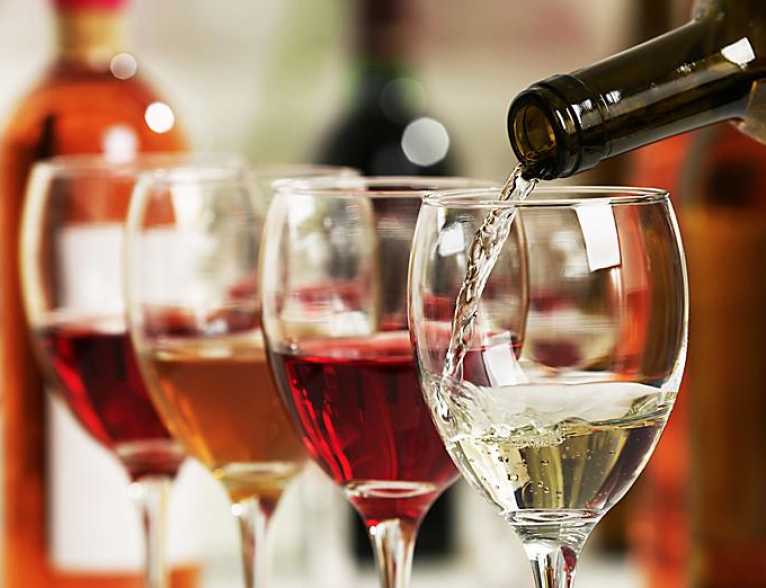

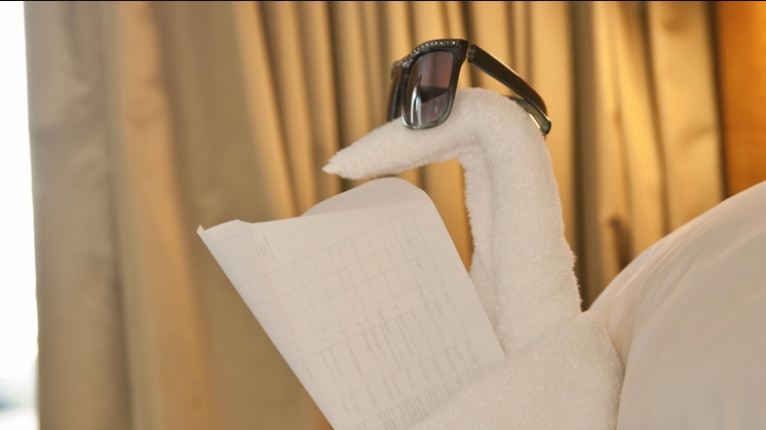
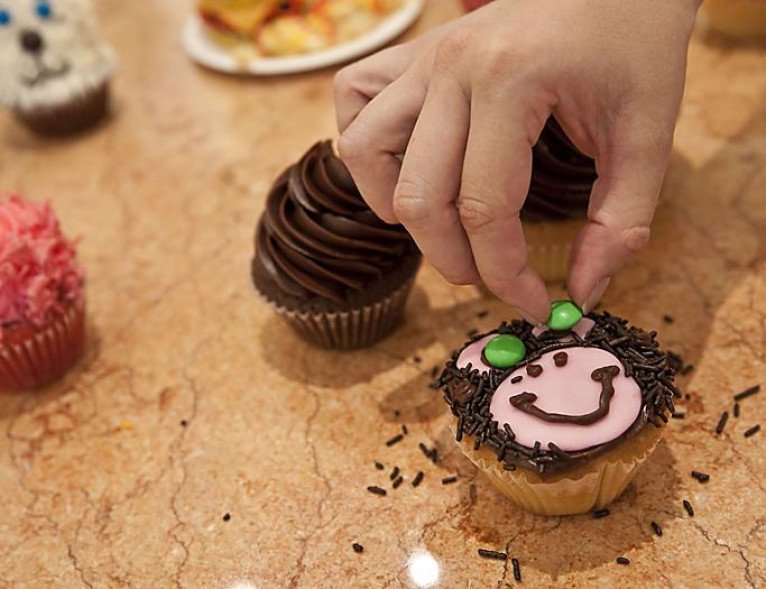
Perfect Day at CocoCay®
Cranked up thrills. Next-level chill. Endless possibilities. Perfect Day at CocoCay, the award-winning Royal Caribbean® private destination, is loaded with ways to take your vacay to the absolute max. Make a splash at seven stretches of beach and at the largest freshwater pool in the Caribbean. Chase bold adventures at the shriek-inducing Thrill Waterpark®. The ultimate beach party is waiting at the adults-only Hideaway Beach℠. Or achieve aah status in an Overwater Cabana at Coco Beach Club®. Dive headfirst into adventure or kick back — all the way back — on a day tailor-made for you and your crew.
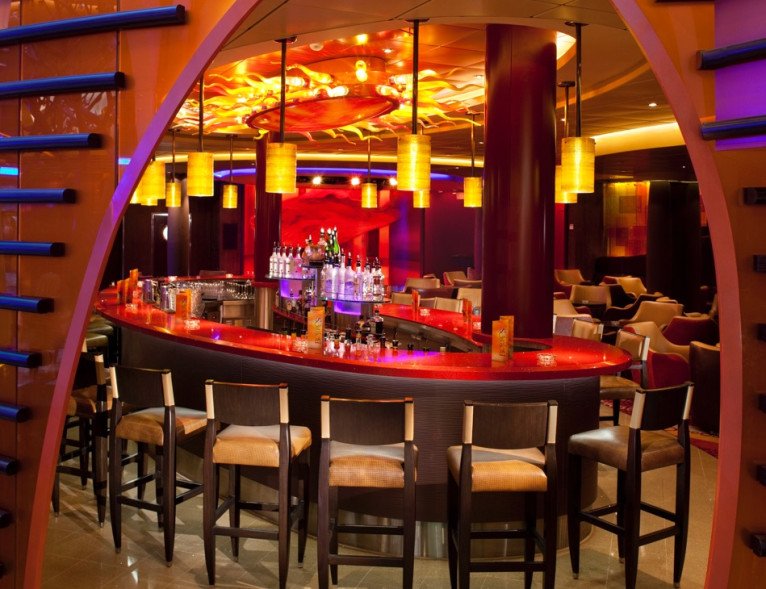

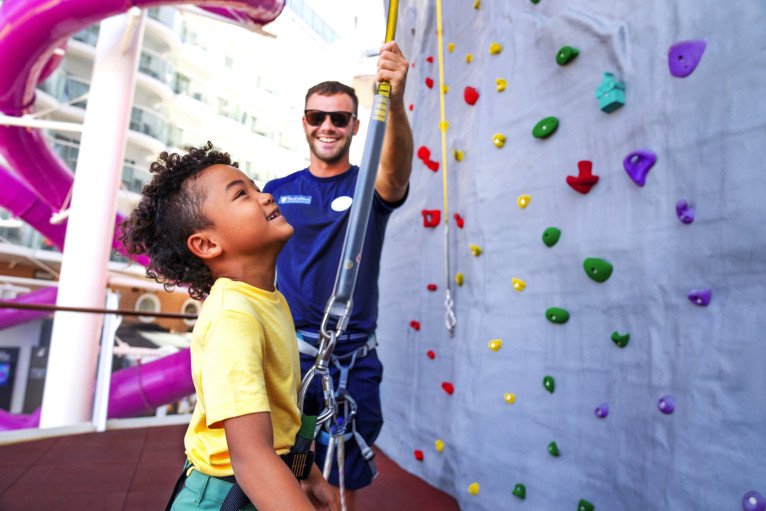
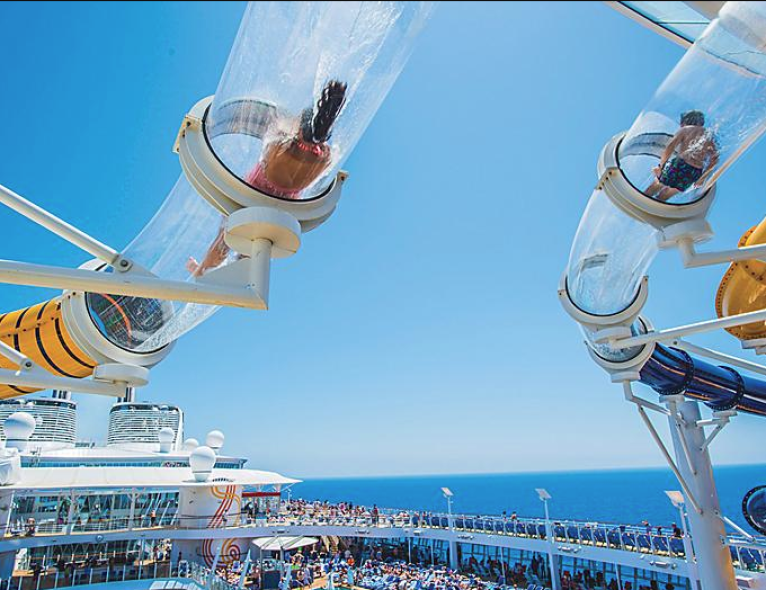
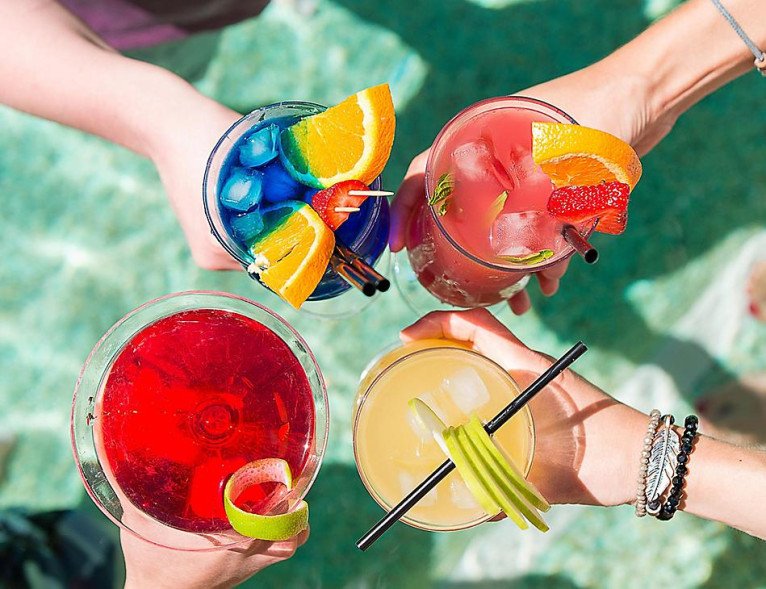
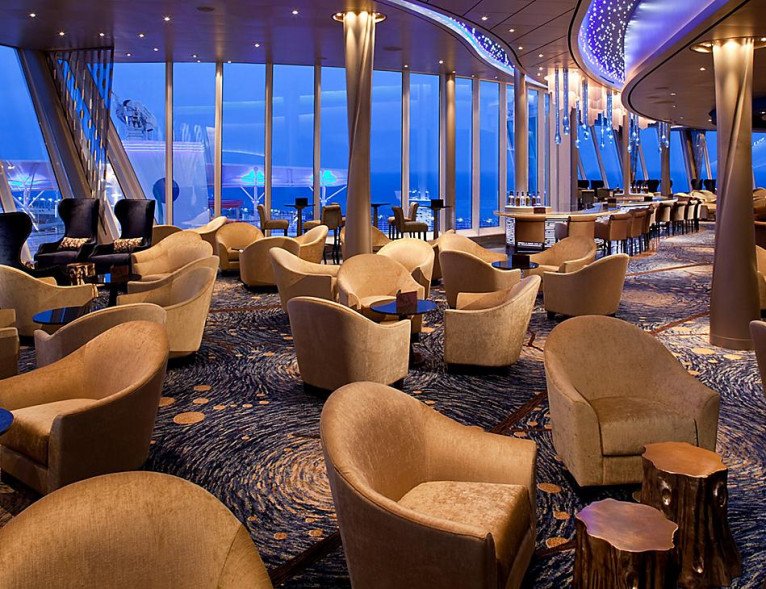

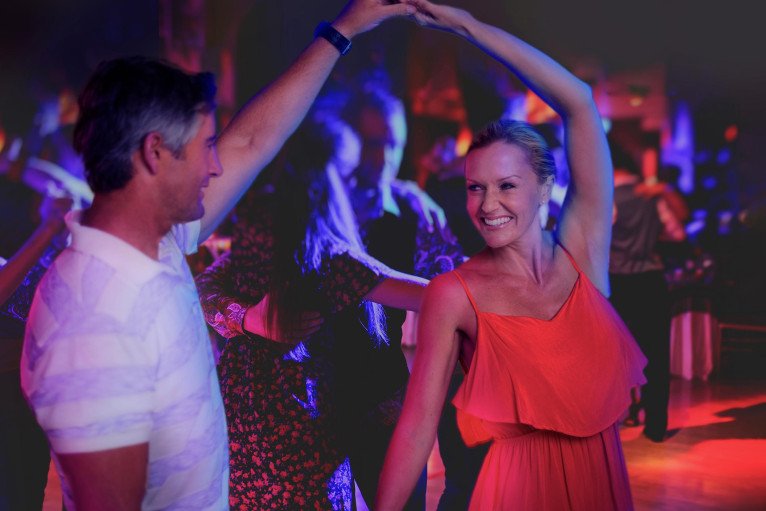


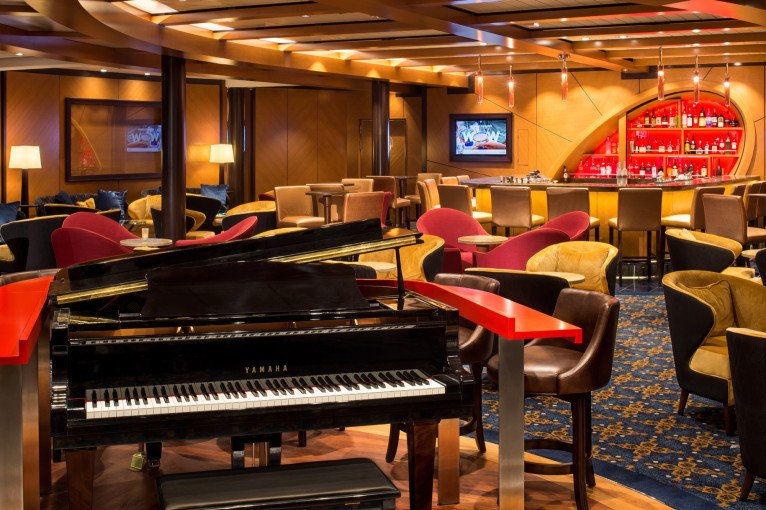
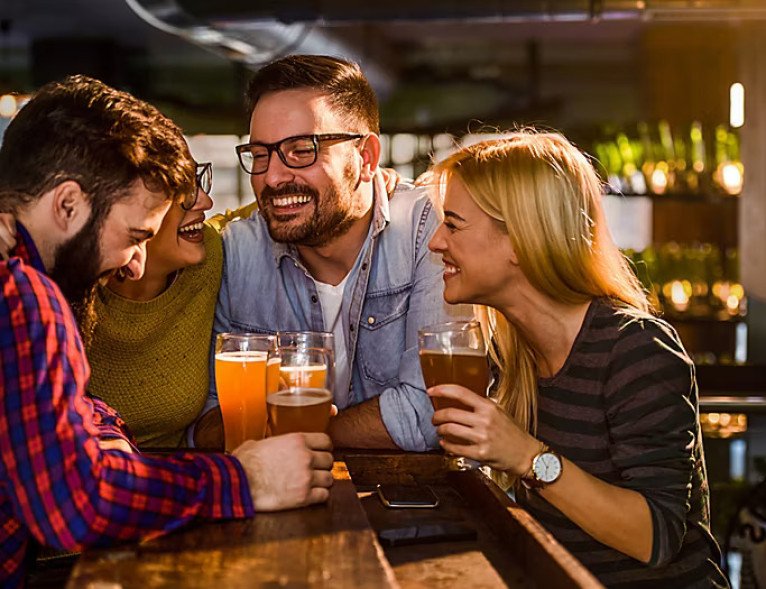

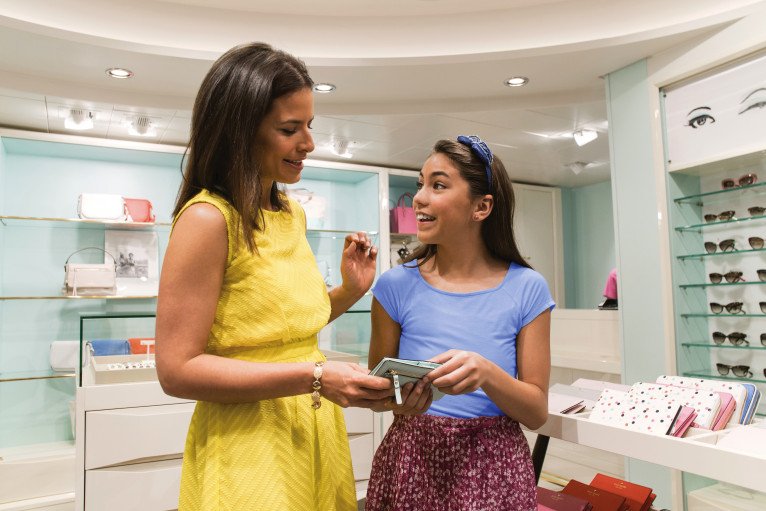
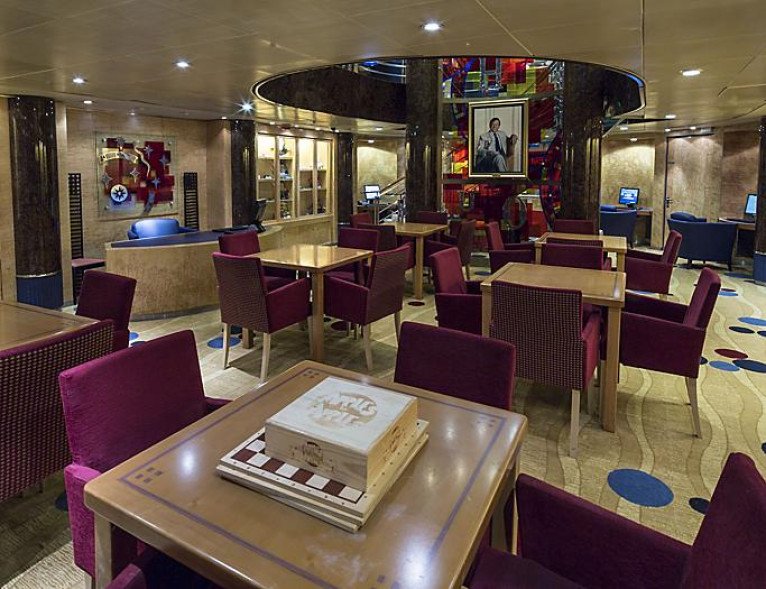
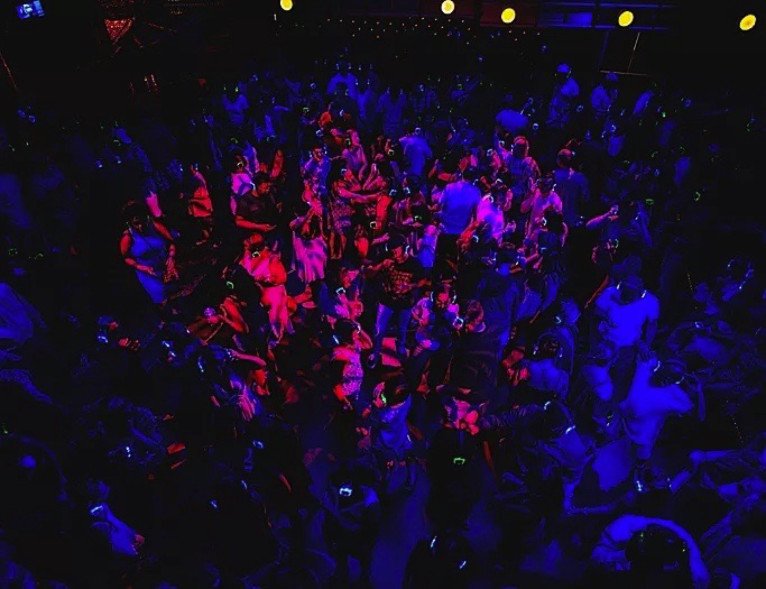


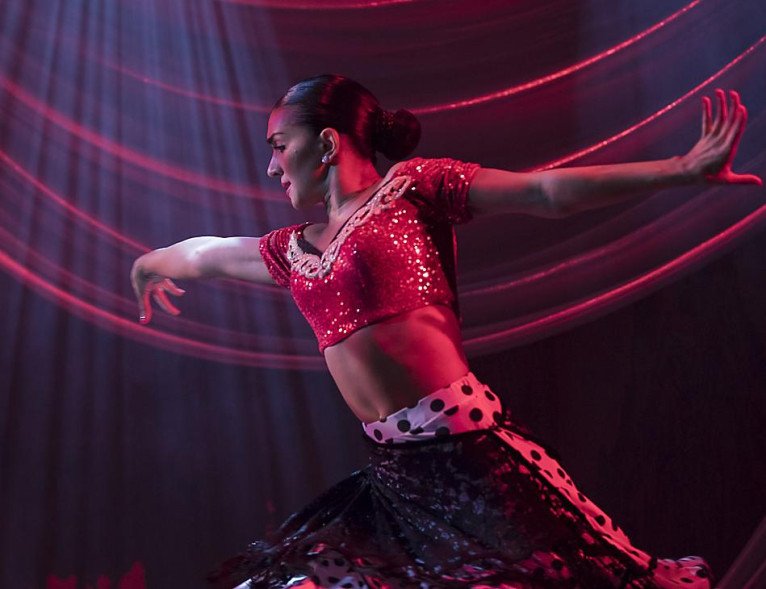
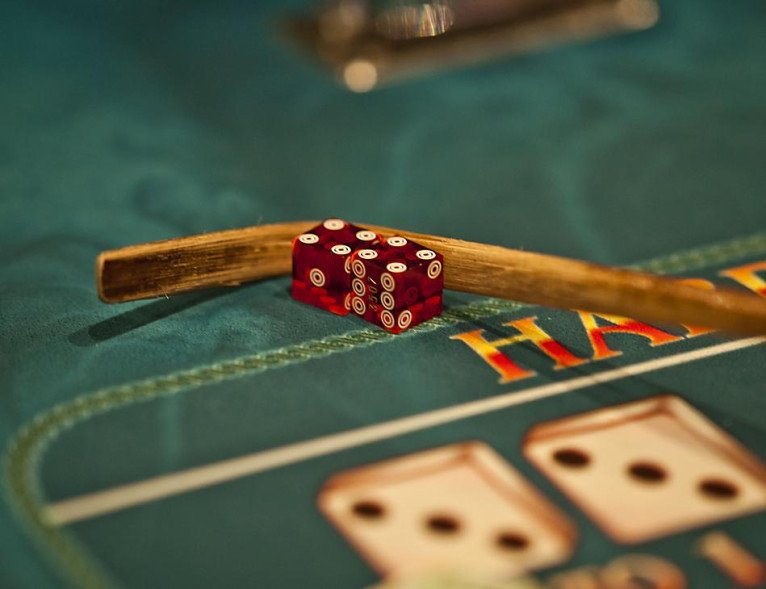

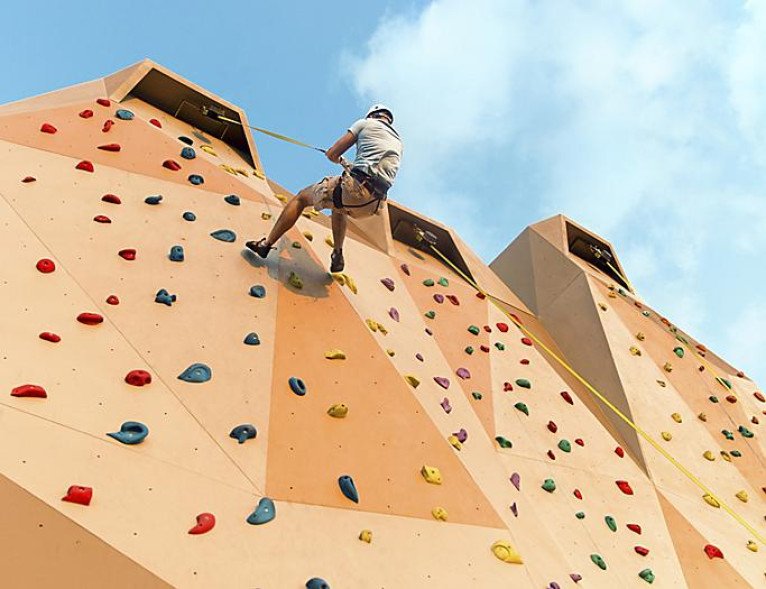
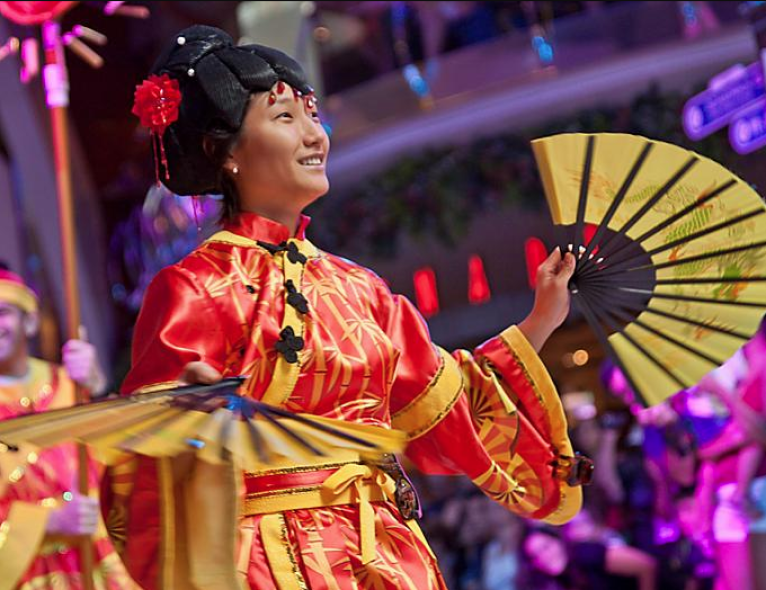
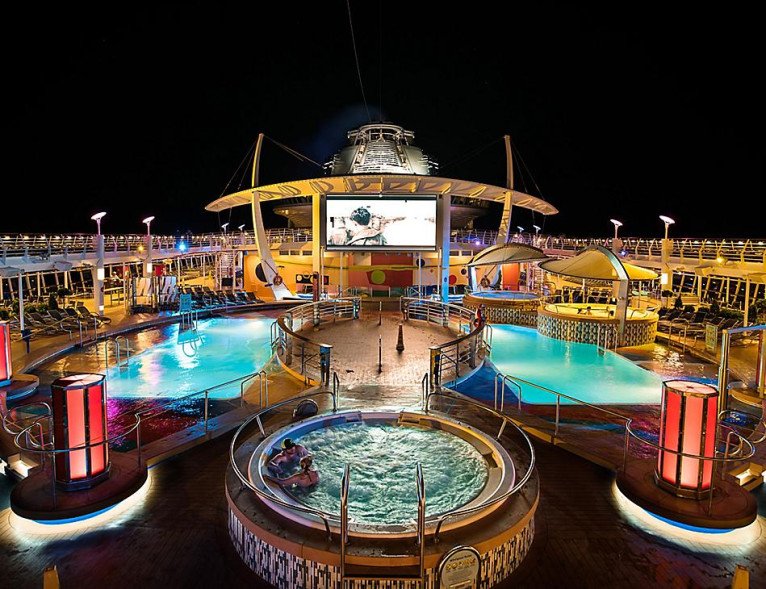
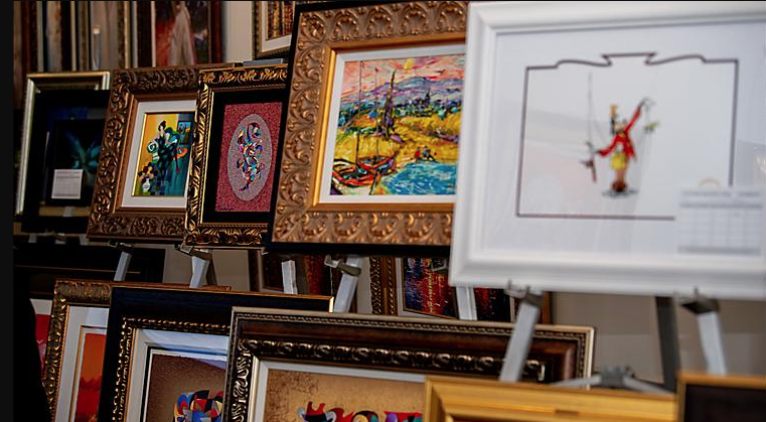

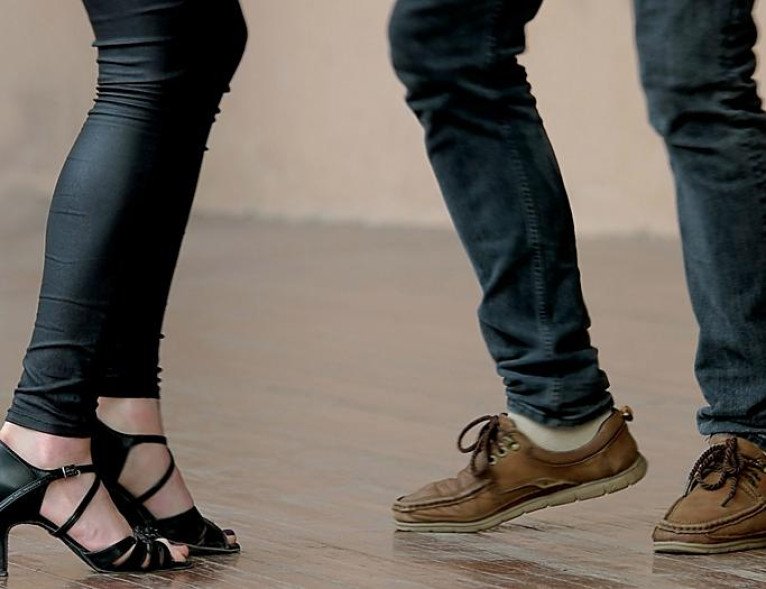
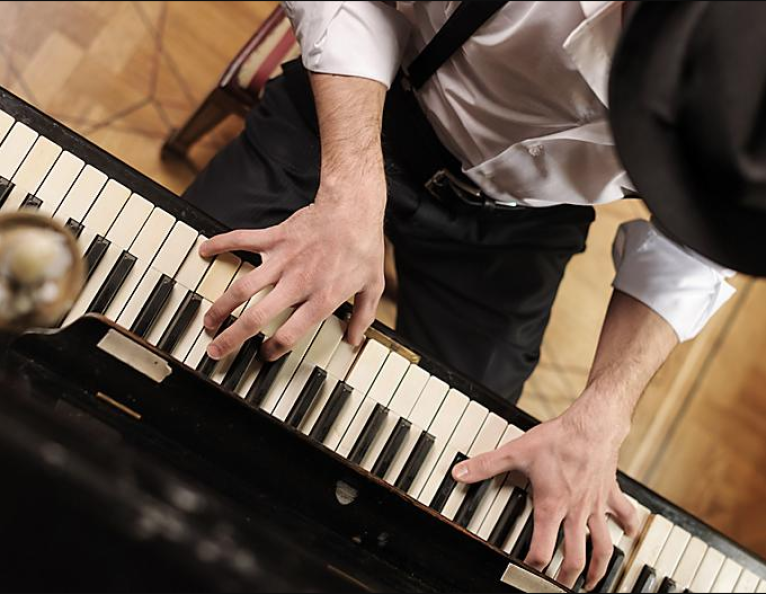

Tidal Wave℠
PLUNGE, PROPEL, REPEAT!
Get ready for a Tidal Wave℠ takeover on the first boomerang-style slide at sea. Plummet down then fling up into total tidal weightlessness and an exhilarating rebound down the other side. It's a ricochet of riveting adventure.
RESTRICTIONS
Minimum height is 132 cm
Minimum weight is 34 kg and maximum is 127 kg. Tidal Wave – Boomerang Slide | Best Cruise Activities | Royal Caribbean




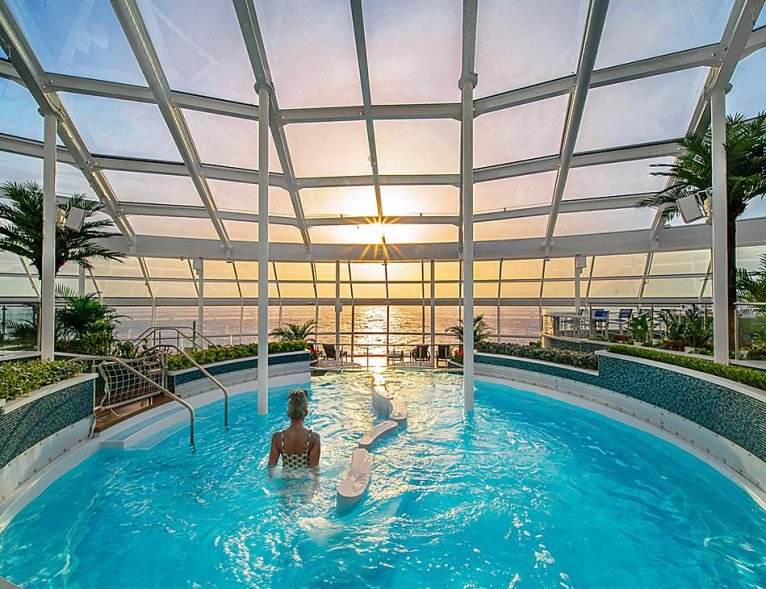
Vitality Spa
A range of services and relaxation treatments are available from the Vitality Spa & fitness Centre. The salon, located within the spa area, offers haircuts, styling, manicures, pedicures and teeth whitening. Visit Vitality Spa for massages, reflexology, facials, bodywraps and acupuncture.
Health, fitness and beauty demonstrations and seminars run by qualified professionals run during most voyages. The Vitality Wellness Programme offers a holistic approach to well being, with seminars, expert advise, healthy menu options, fitness programmes and spa.




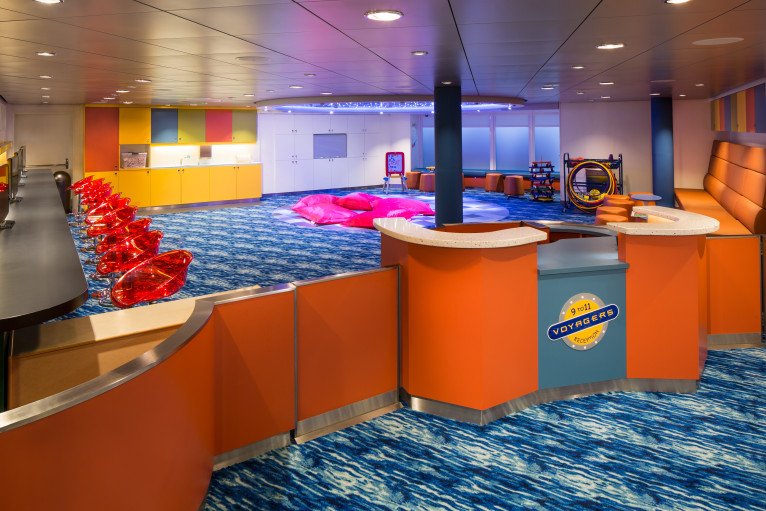

Splashaway Bay℠
FUN BY THE GALLON
Pint-sized cruisers will find gallons of fun at Splashaway Bay℠ aqua park. This bigger, better water adventure features colourful waterslides, water cannons, fountains, pools and whirlpools for tots to tweens (and their supervising parents). And keep your eye on the drench bucket. You'll want to be there when it tips!
RESTRICTIONS
Potty Trained is required. Children cannot be wearing a nappy.
To enter the slide: Maximum weight is 136 kg. and minimum height is 106.6 cm.
NOTE
Swimwear is required
Deck 2

- Ocean View
- Ocean View Accessible
- Ultra Spacious Ocean View
- Interior
- Spacious Interior
- Interior Accessible
- Toilets
- Platinum Theatre
- Elevators
- Conference Center
- Center Ice Rink
- Studio B
Deck 3

- Ocean View
- Interior
- Platinum Theatre
- Elevators
- Toilets
- Studio B
- On Air Club
- Art Gallery
- Main Dining Room
Deck 4

- Platinum Theatre
- Sabor
- Elevators
- Schooner Bar
- Bar
- Casino Royale
- Photo Gallery & Shop
- Centrum
- Boleros Lounge
- Main Dining Room
Deck 5

- Star Lounge
- Connoisseur Club
- Elevators
- Toilets
- Promenade Shops
- Sorrento's
- Hoof & Claw Pub
- Vintages
- Royal Promenade
- Cafe Promenade
- Ben & Jerrys
- Cupcake Cupboard
- Next Cruise
- Shore Excursions
- Guest Services
- R Bar
- Main Dining Room
Deck 6

- Villa Suite
- Spacious Ocean View Balcony Accessible
- Connecting Ocean View Balcony
- Ocean View Balcony
- Spacious Ocean View Balcony
- Ocean View
- Spacious Ocean View
- Ultra Spacious Ocean View
- Interior
- Promenade View Interior
- Connecting Promenade Interior
- Promenade View Interior Accessible
- Elevators
Deck 7

- Junior Suite
- Spacious Ocean View Balcony Accessible
- Connecting Ocean View Balcony
- Ocean View Balcony
- Spacious Ocean View Balcony
- Ocean View
- Spacious Ocean View
- Ultra Spacious Ocean View
- Interior
- Promenade View Interior
- Spacious Promenade View Interior
- Connecting Promenade Interior
- Elevators
Deck 8

- Grand Suite
- Connecting Ocean View Balcony
- Ocean View Balcony
- Spacious Ocean View Balcony
- Spacious Ocean View
- Ultra Spacious Ocean View
- Interior
- Promenade View Interior
- Spacious Promenade View Interior
- Connecting Promenade Interior
- Promenade View Interior Accessible
- Loyalty Desk
- Elevators
Deck 9

- Grand Suite
- Junior Suite
- Ocean View Balcony
- Spacious Ocean View Balcony
- Ocean View
- Spacious Ocean View
- Ultra Spacious Ocean View
- Interior
- Interior Accessible
- Elevators
- Library
Deck 10

- Grand Suite
- Junior Suite
- Royal Suite
- Owner's Suite
- Junior Suite Accessible
- Connecting Ocean View Balcony
- Ocean View Balcony
- Spacious Ocean View Balcony
- Spacious Ocean View
- Interior
- Interior Accessible
- Elevators
- Card Room
Deck 11

- Vitality at Sea Fitness Center
- Elevators
- Solarium
- Whirlpools
- Pool Bar
- Main Pool
- Sports Pool
- Splashaway Bay
- Squeeze
- Elevators
- Chops Grille
- Giovanni's Table
- Padi
- The Plaza Bar
- Windjammer Cafe
Deck 12

- Ocean View Panoramic Suite (No Balcony)
- Connecting Ocean View Balcony
- Ocean View Balcony
- Spacious Panoramic Ocean View
- Spacious Panoramic Ocean View Accessible
- Interior
- Vitality at Sea Spa
- Toilets
- Elevators
- Sky Bar
- Movie Screen
- Running Track
- Nursery
- Video Arcade
- Johnny Rockets
- Adventure Ocean
- Fuel Tee Disco
Deck 13

- Liberty Dunes
- Rock Climbing Wall
- Sports Court
- The Perfect Storm
- Cyclone & Typhoon
- Tidal Wave
- Flowrider
- Toilets
- Elevators
Deck 14

- Olive or Twist
- Elevators
- Suite Lounge
- Diamond Club
- Viking Crown Lounge
Deck 15

- Skylight Chapel
Liberty of the Seas Cabins & Suites






Interior





Ocean View



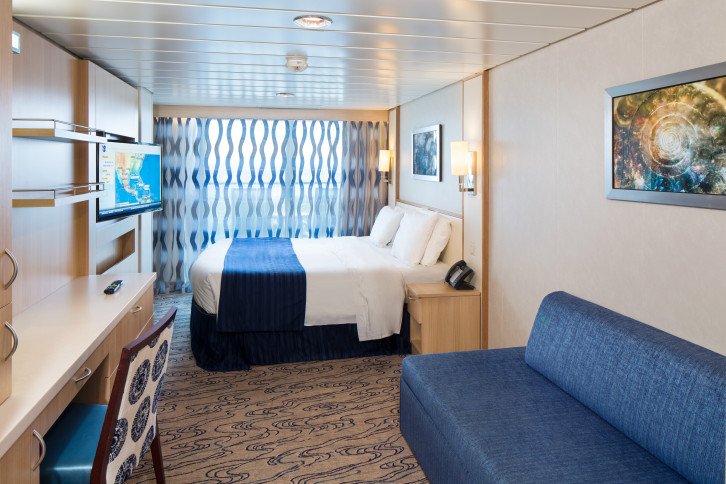


Ocean View Balcony












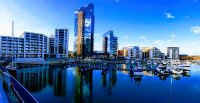
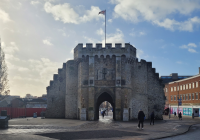
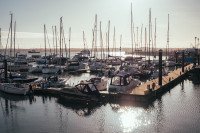



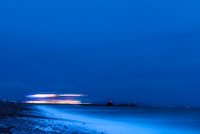
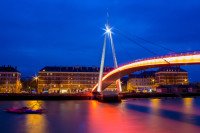



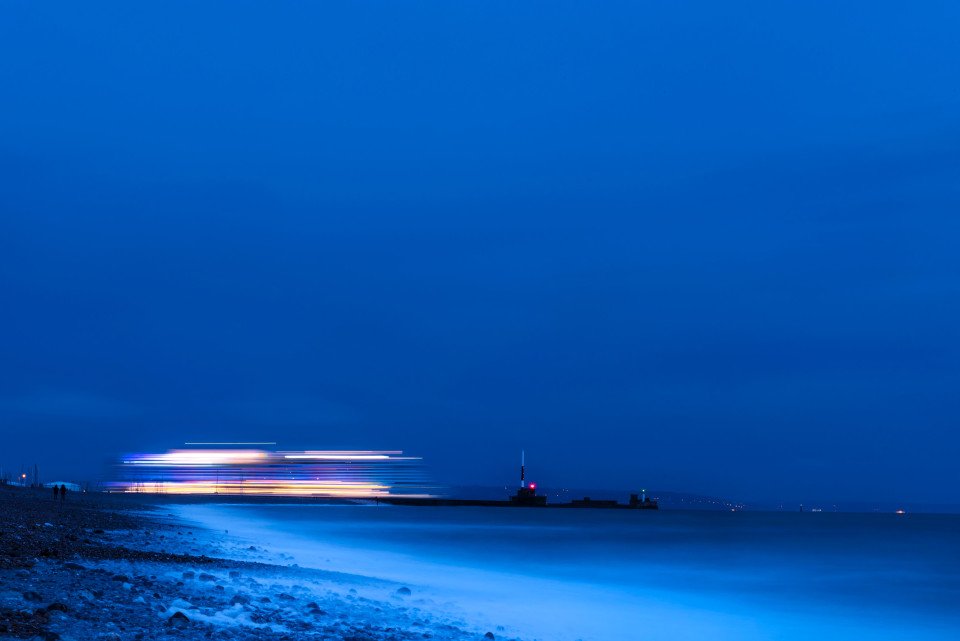
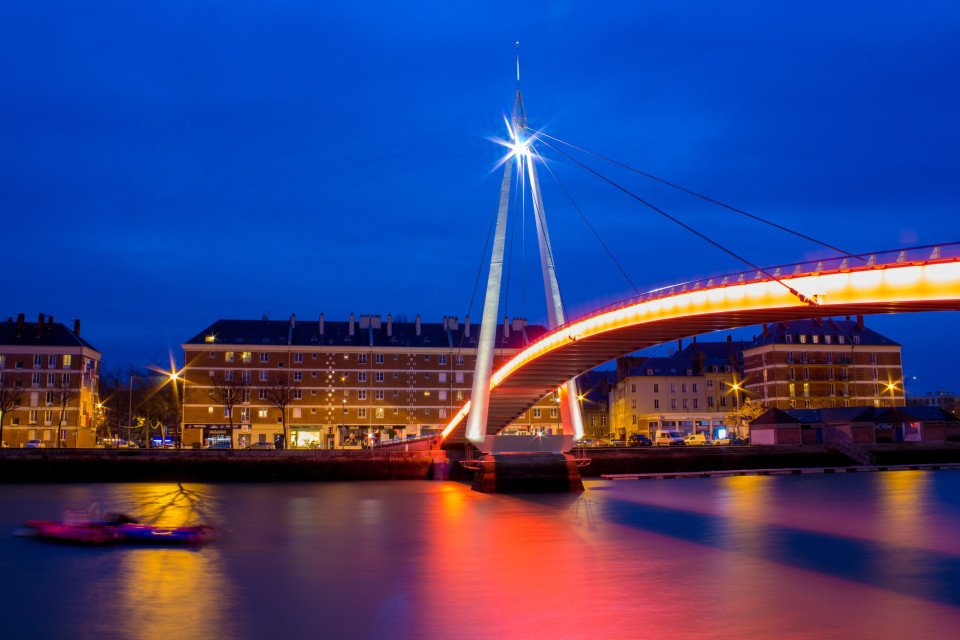

-large_thumb.jpg)









